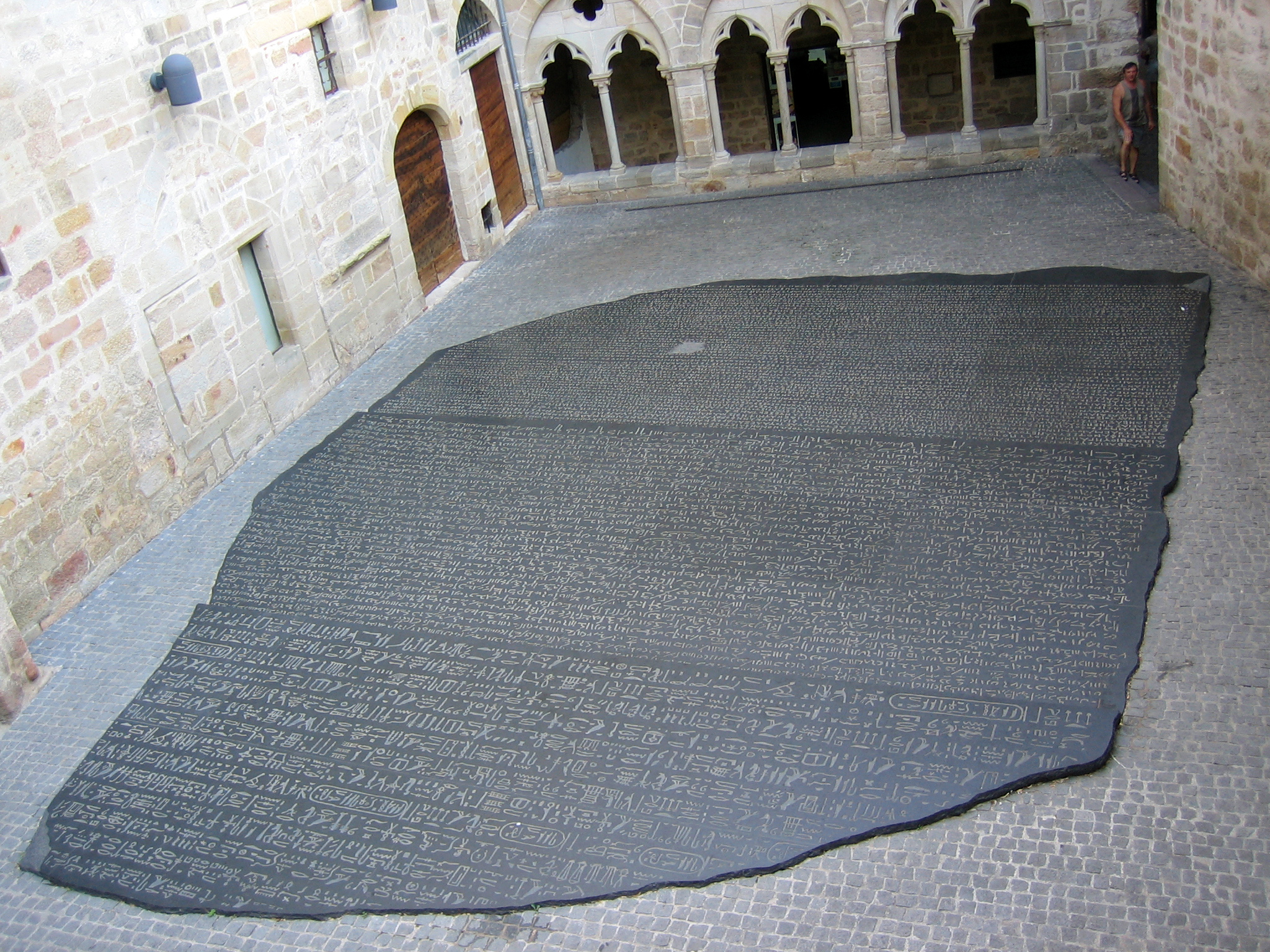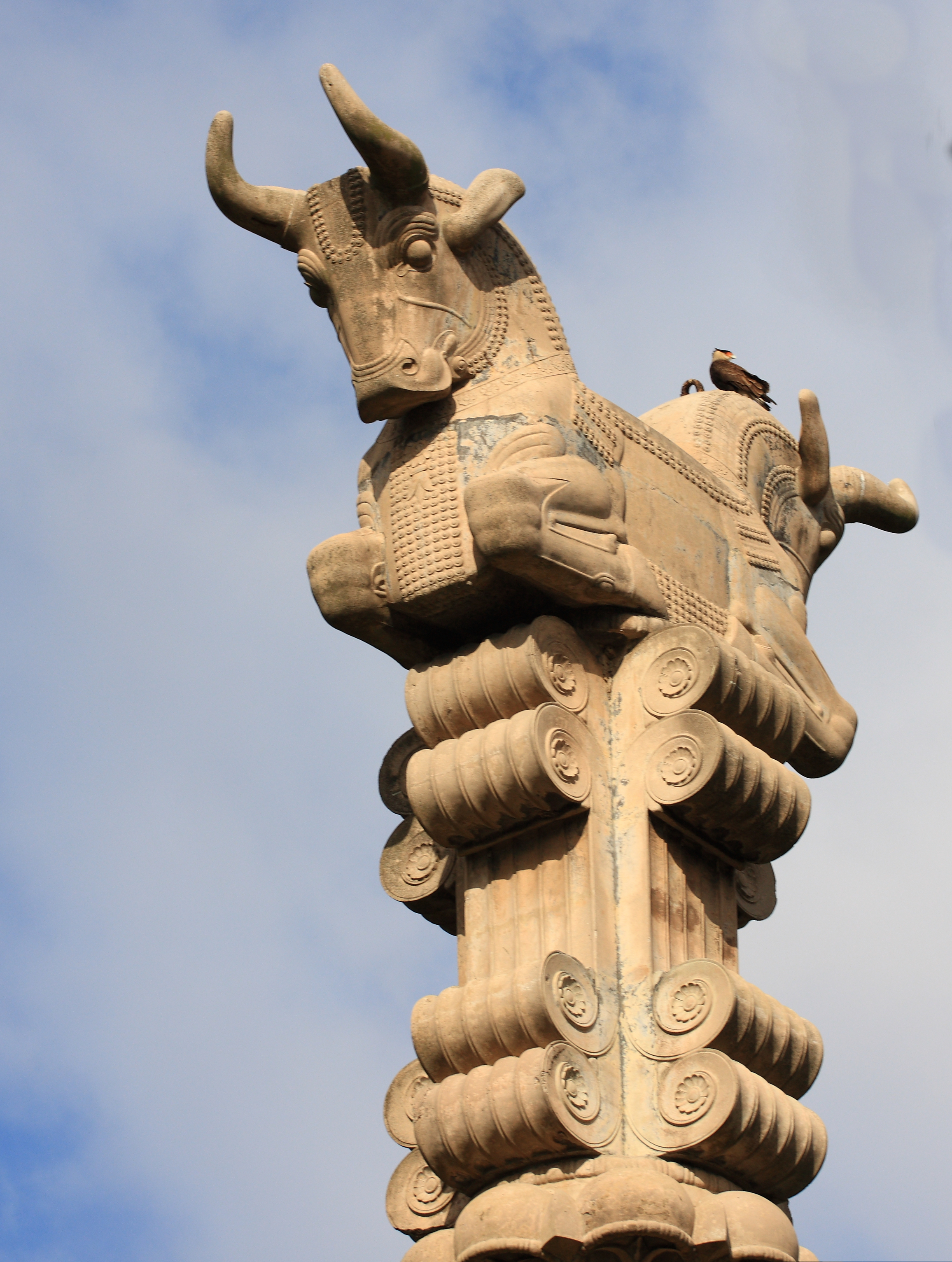|
Figeac
Figeac (; ) is a Communes of France, commune in the southwestern French Departments of France, department of Lot (department), Lot. Figeac is a Subprefectures in France, sub-prefecture of the department. Geography Figeac is on the via Podiensis, a major medieval pilgrimage trail that is part of the Camino de Santiago network. Today, as a part of France's system of long-distance footpaths, it is known as the GR 65. Figeac station is a railway junction with connections to Brive-la-Gaillarde, Toulouse, Aurillac and Rodez. Population Local culture and heritage Places and monuments Figeac is classified as a French Towns and Lands of Art and History, city of art and history and has been recognized by the Midi-Pyrénées Regional Council as one of the eighteen Great Sites of Occitania. The old town has kept its layout and winding streets of the Middle Ages with many old sandstone houses. Religious heritage * Chapel Notre-Dame-de-Pitié de Figeac - a 13th-century building, integrated ... [...More Info...] [...Related Items...] OR: [Wikipedia] [Google] [Baidu] |
Figeac Station
Figeac is a railway station in Figeac, Occitania (administrative region), Occitanie, France. The station is a ''keilbahnhof'', situated at the junction of the Brive-la-Gaillarde - Toulouse (via Capdenac) railway, Brive–Toulouse (via Capdenac) railway and Figeac–Arvant railway lines. The station is served by Intercités de nuit (night train) and Transport express régional, TER (local) services operated by SNCF. The station was mostly destroyed by a fire of mysterious origin overnight the 21-22 of November 2018. Despite the efforts of around fifty firefighters from Figeac and surrounding areas, the station's smoke-stained walls were pretty much all that remained standing. An inquiry ruled the fire as "accidental," but questions remain. Reconstruction of the station began in 2021, and it re-opened to passengers in 2023. The station itself is located south of the river Célé, near the ''Hotel de Ville''. It is easily accessed from the N122 and several departmental routes. ... [...More Info...] [...Related Items...] OR: [Wikipedia] [Google] [Baidu] |
Champollion Museum
The Champollion Museum () is located in Figeac, Lot, France. It houses a collection devoted to Figeac's most famous son, Jean-François Champollion. It was inaugurated 19 December 1986 in the presence of President François Mitterrand and Jean Leclant, secrétaire perpétuel of the Académie des Inscriptions et Belles-Lettres. After two years of building work and extension, the museum re-opened in 2007. Besides Champollion's life and discoveries, the museum also recounts the history of writing. The whole façade is covered in pictograms, from the original ideograms of the whole world. History In 1986, due to the efforts of the city of Figeac, the first museum dedicated to Jean-François Champollion, known for deciphering Egyptian hieroglyphs Ancient Egyptian hieroglyphs ( ) were the formal writing system used in Ancient Egypt for writing the Egyptian language. Hieroglyphs combined Ideogram, ideographic, logographic, syllabic and alphabetic elements, with more than 1,000 ... [...More Info...] [...Related Items...] OR: [Wikipedia] [Google] [Baidu] |
Lot (department)
Lot (; �l is a department in the Occitanie region of France. Named after the Lot River, it lies in the southwestern part of the country and had a population of 174,094 in 2019.Populations légales 2019: 46 Lot INSEE Its is Cahors; its subprefectures are and [...More Info...] [...Related Items...] OR: [Wikipedia] [Google] [Baidu] |
Joseph Kosuth
Joseph Kosuth (; born January 31, 1945) is a Hungarian-American conceptual artist, who lives in New York and Venice,Joseph Kosuth Guggenheim Collection. after having resided in various cities in Europe, including London, and Rome.Joseph Kosuth, June 20 - July 4, 2000 , Vienna. [...More Info...] [...Related Items...] OR: [Wikipedia] [Google] [Baidu] |
Canton Of Figeac-2
The canton of Figeac-1 is an administrative division of the Lot department, southern France. It was created at the French canton reorganisation which came into effect in March 2015. Its seat is in Figeac. It consists of the following communes: # Bagnac-sur-Célé # Capdenac # Cuzac # Felzins #Figeac Figeac (; ) is a Communes of France, commune in the southwestern French Departments of France, department of Lot (department), Lot. Figeac is a Subprefectures in France, sub-prefecture of the department. Geography Figeac is on the via Podiensis ... (partly) # Lentillac-Saint-Blaise # Linac # Lunan # Montredon # Prendeignes # Saint-Félix # Saint-Jean-Mirabel # Saint-Perdoux # Viazac References Cantons of Lot (department) {{Lot-geo-stub ... [...More Info...] [...Related Items...] OR: [Wikipedia] [Google] [Baidu] |
Via Podiensis
The Via Podiensis or the Le Puy Route is one of the four routes through France on the pilgrimage to the tomb of James, son of Zebedee, St. James the Great in Santiago de Compostela in Galicia (Spain), Galicia in northwest Spain. It leaves from Le-Puy-en-Velay and crosses the countryside in stages to the stele of Gibraltar in the basque village of Uhart-Mixe. Near there it merges with two of the other routes, the Way of St. James (route descriptions)#The Paris and Tours route, via Turonensis and the Way of St. James (route descriptions)#The V.C3.A9zelay route, via Lemovicensis which merge a little earlier. The three then become the Navarre Route, passing via the French town of Saint-Jean-Pied-de-Port and crossing the Pyrenees and the Spanish border by one path or another to Roncesvalles in the Spanish province of Navarre. Together they serve as the principal pilgrimage route across Spain, known as the Camino francés. The fourth French route, the Way of St. James (route descriptions) ... [...More Info...] [...Related Items...] OR: [Wikipedia] [Google] [Baidu] |
Rosetta Stone
The Rosetta Stone is a stele of granodiorite inscribed with three versions of a Rosetta Stone decree, decree issued in 196 BC during the Ptolemaic dynasty of ancient Egypt, Egypt, on behalf of King Ptolemy V Epiphanes. The top and middle texts are in Egyptian language, Ancient Egyptian using Egyptian hieroglyphs, hieroglyphic and Demotic (Egyptian), Demotic scripts, respectively, while the bottom is in Ancient Greek. The decree has only minor differences across the three versions, making the Rosetta Stone key to decipherment of ancient Egyptian scripts, deciphering the Egyptian scripts. The stone was carved during the Hellenistic period and is believed to have originally been displayed within a temple, possibly at Sais, Egypt, Sais. It was probably moved in late antiquity or during the Mamluk Sultanate (Cairo), Mamluk period, and was eventually used as building material in the construction of Fort Julien near the town of Rashid (Rosetta) in the Nile Delta. It was found there in ... [...More Info...] [...Related Items...] OR: [Wikipedia] [Google] [Baidu] |
GR 65
The GR 65 is a long-distance walking route of the Grande Randonnée network that extends from the French Prealps, across south central France, through the Pyrenees. The French name for this GR route is the ''Chemin de Saint-Jacques'' and the Spanish name is the ''Camino de Santiago francés'', because the GR 65 is an important variant route of the old Christian pilgrimage to Santiago de Compostela, one of several variants of the Way of St. James. In English it is the French Way, sometimes called ''The Le Puy Route'' or by its Latin name ''Via Podiensis'', including its subtrails GR651 and GR652. The GR 65 is part of the system of European long-distance paths known as E3 European long distance path. The route starts in Geneva, Switzerland, and continues through France to La Côte-Saint-André (Isère), Le Puy-en-Velay (Haute-Loire), Nasbinals (Lozère), Conques (Aveyron), Figeac ( Lot), Cahors (Lot) Moissac (Tarn-et-Garonne), and Aire-sur-l'Adour ( Landes), to Roncesvalles ... [...More Info...] [...Related Items...] OR: [Wikipedia] [Google] [Baidu] |
French Towns And Lands Of Art And History
Since 1985, the French Ministry of Culture and Communication has pursued a policy of preserving and promoting France's heritage. Historic towns and districts have been designated ''Villes et Pays d'Art et d'Histoire'' ("Towns and Lands of Art and History"). The Ministry provides financial and technical support to regions and groups for architectural and heritage undertakings. The Ministry imposes an obligation on beneficiaries to receive workers it has deemed qualified to participate in projects. The national council of towns and districts of art and history (''Le conseil national des Villes et Pays d'Art et d'Histoire''), set up in 1995, participates in the development and general policy of the network. It advises on the eligibility of towns and districts for the ''Lands of Art and History'' designation, and effects withdrawal of support from landmarks where standards slip. Policies of the network are put into effect by the regional directorates of arts and culture (''Direction ... [...More Info...] [...Related Items...] OR: [Wikipedia] [Google] [Baidu] |
Zimbabwe
file:Zimbabwe, relief map.jpg, upright=1.22, Zimbabwe, relief map Zimbabwe, officially the Republic of Zimbabwe, is a landlocked country in Southeast Africa, between the Zambezi and Limpopo Rivers, bordered by South Africa to the south, Botswana to the southwest, Zambia to the north, and Mozambique to the east. The capital and largest city is Harare, and the second largest is Bulawayo. A country of roughly 16.6 million people as per 2024 census, Zimbabwe's largest ethnic group are the Shona people, Shona, who make up 80% of the population, followed by the Northern Ndebele people, Northern Ndebele and other #Demographics, smaller minorities. Zimbabwe has 16 official languages, with English, Shona language, Shona, and Northern Ndebele language, Ndebele the most common. Zimbabwe is a member of the United Nations, the Southern African Development Community, the African Union, and the Common Market for Eastern and Southern Africa. The region was long inhabited by the San people, ... [...More Info...] [...Related Items...] OR: [Wikipedia] [Google] [Baidu] |
Capital (architecture)
In architecture, the capital () or chapiter forms the topmost member of a column (or a pilaster). It mediates between the column and the load thrusting down upon it, broadening the area of the column's supporting surface. The capital, projecting on each side as it rises to support the abacus, joins the usually square abacus and the usually circular shaft of the column. The capital may be convex, as in the Doric order; concave, as in the inverted bell of the Corinthian order; or scrolling out, as in the Ionic order. These form the three principal types on which all capitals in the classical tradition are based. The Composite order was formalized in the 16th century following Roman Imperial examples such as the Arch of Titus in Rome. It adds Ionic volutes to Corinthian acanthus leaves. From the highly visible position it occupies in all colonnaded monumental buildings, the capital is often selected for ornamentation; and is often the clearest indicator of the architec ... [...More Info...] [...Related Items...] OR: [Wikipedia] [Google] [Baidu] |




